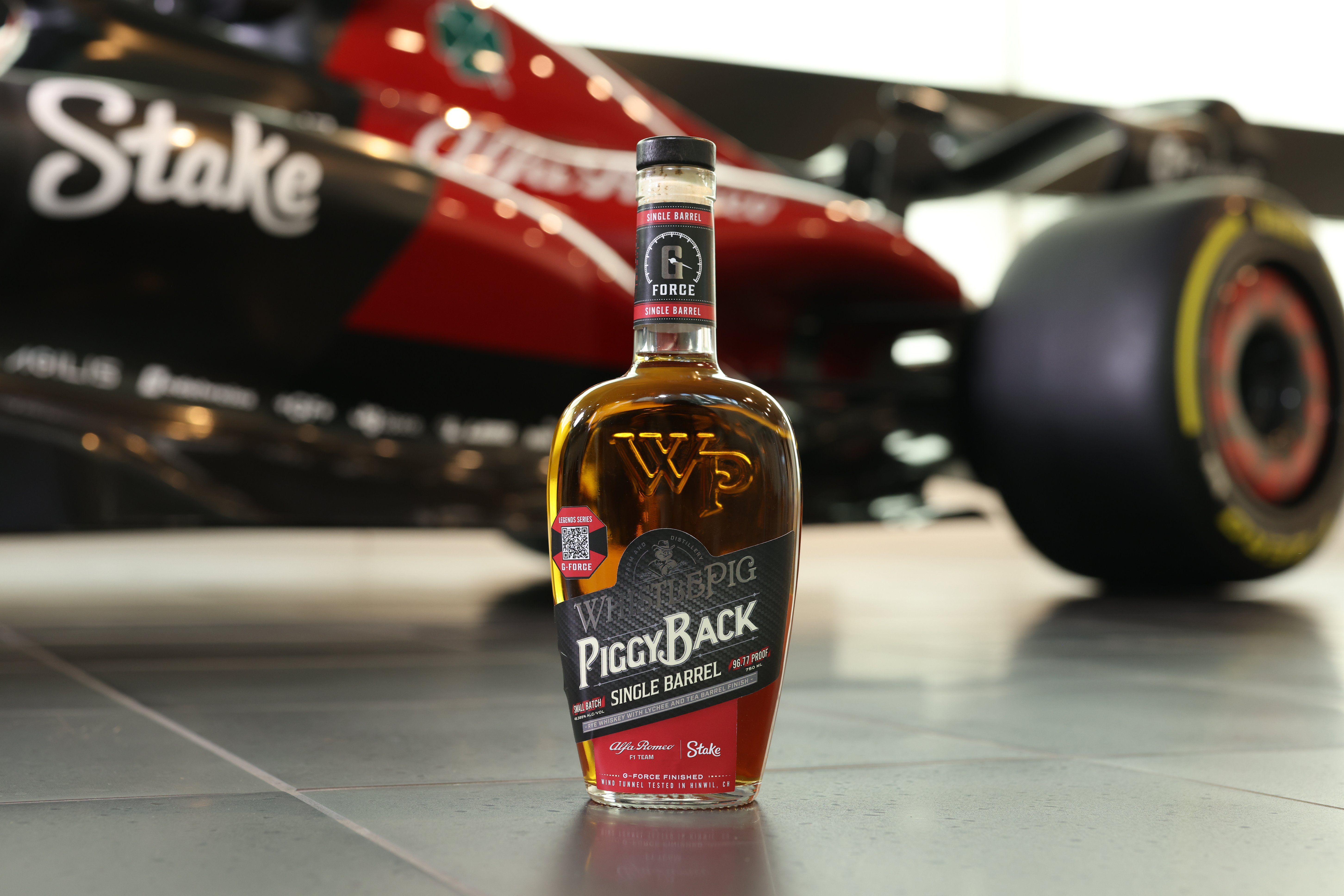As the daily headlines show, this year has been a momentous period for the LGBT community. But every breakthrough is built upon that which came before, and one man who was both a witness and, in his own inspired way, a contributor to our history is artist Todd Trexler.
Trexler’s work came to define a period in gay pop culture after the Stonewall riots of 1969 — particularly within the San Francisco region. As he saw history unfold, he worked with a plethora of famous individuals.
A native of San Mateo, Calif., a small town on the San Francisco peninsula, this visual craftsman said his interest in art was ignited back in high school.
“In biology class, we had to draw plants — and I was good at it,” he recollected. “So you could say the seed was first planted there.”
On weekends, Trexler would travel into San Francisco to work downtown.
“I loved the city from the start and moved there at age 19 as an undergraduate at San Francisco State,” he said, adding that not long after, in 1965, he took up permanent residence in the city’s renowned Castro neighborhood — just as it was becoming the center of a vibrant counterculture movement.
Trexler even opened perhaps the first gay business on Castro Street, called the Peaches Dream Galleries, in 1969. He was determined, he said, “to dedicate my art to the expression of post-Stonewall gay life in San Francisco during the ’60s and ’70s.”
During this time, the designer, who also holds a master’s degree in sculpture, began displaying his imaginative renderings at the Upper Market Street Gallery, one of the most progressive art salons in the Bay area. He went on to design posters for their edgy exhibitions and events.
Trexler was soon to succeed beyond anyone’s wildest imaginings. He met Milton Miron, an associate of legendary rock promoter Bill Graham, who called himself “Sebastian.” A cinema enthusiast, Miron had begun holding midnight screenings of old movies every weekend that soon gained popularity as “The Nocturnal Dream Shows.”
“Having secured the use of the Palace Theater in the North Beach section of the city every Friday and Saturday at 12 o’clock, Sebastian’s plan was to show some of his favorite little-known and often bizarre films,” Trexler said. The audiences for these shows, he said, were “a mix of beatniks, hippies, intellectuals and gays.”
To advertise each month’s selections, Sebastian asked Trexler to craft catchy, yet inexpensive handbills for which he’d be paid with bags of weed.
“My line drawings then were influenced by Aubrey Beardsley [an English illustrator> and the Art Deco style of the ’30s,” explained Trexler. Although the style was simple, their unique vintage appeal did indeed help bring in crowds. As time passed and the success of the shows increased, his posters evolved from pen-and-ink sketches on white paper to lush multicolored images, incorporating illustrations and photos.
 
